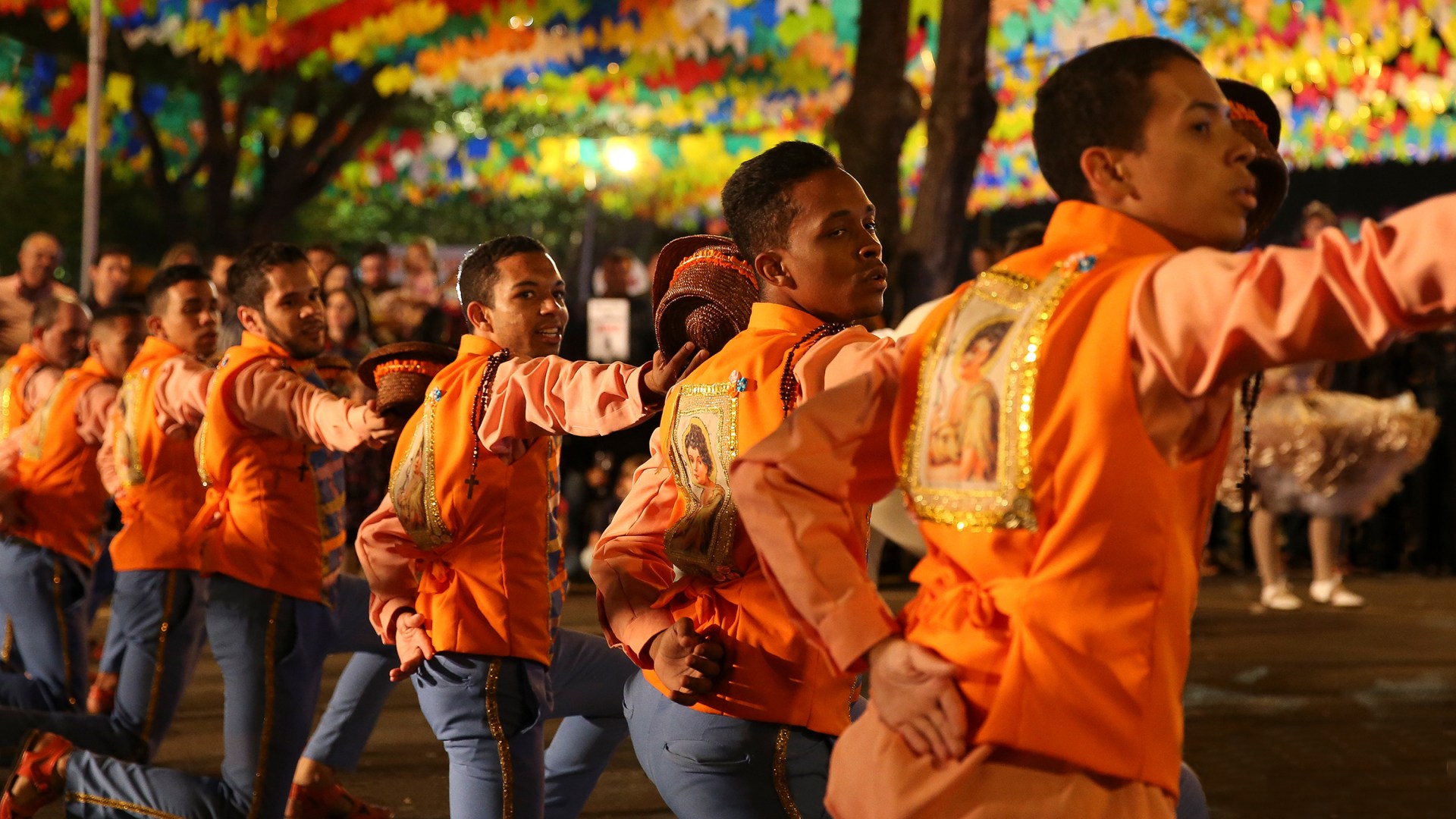The Meeting House was one of the largest megachurches in Canada, but this Sunday, each of its locations will be empty. Its home church gatherings won’t meet during the week. Kids won’t get together for youth programs. Members can’t see their pastors for counsel.
In the aftermath of an abuse scandal that shook the congregation and its leadership, the Ontario-area multisite church announced that it had lost a portion of its insurance coverage and would have to pause its ministry activities.
“Our current insurer has advised us that they will not be renewing our Abuse Liability (AL) and Employment Practices Liability (EPL) coverage as of June 30, 2024,” according to an email sent to congregants, explaining that the Anabaptist megachurch has struggled to get an extension from its insurer or to find another option for replacement coverage.
“In light of this development, we feel led to pause our normal ministry for the month of July to dedicate time to continue discerning what form God is inviting us to take into the future as a network of churches,” the Transition Board of Overseers and Network Leadership Team wrote.
The scenario at The Meeting House showcases the lasting damage that churches can face as a result of abuse by leaders and their response.
It’s been over two years since pastor Bruxy Cavey resigned from The Meeting House and was charged with sexual assault. Since then, further allegations have emerged. The church lost leaders and members, shuttering at least one of its sites, and has scrambled to recover. With the insurance status in question, ministry activities will be shut down at least through July.
“When I heard that news, I was just flabbergasted,” said interim online pastor Chris Chase, discussing the news on The Meeting House’s online livestream last Sunday. “I couldn’t believe it, because we’ve gone through so much, and you think, Oh, we finally got through the valley, we’re cresting up the mountain, and then you realize that you’re still in the valley.”
One viewer replied in the comments, “I am heartbroken that former leadership put the current leaders in this position.”
Cavey resigned in 2022, following a third-party investigation that found evidence of clergy sexual abuse against an adult victim at The Meeting House. Additional reporting has pointed to underlying problems at The Meeting House dating back years.
Canadian theologian Randal Rauser, who serves as director of faith-based organization investigations with Veritas Solutions, compared the revelations to an ice shelf breaking away after years of cracking under the surface.
“When the situation of church abuse finally ‘crashes’ into the ocean of public awareness, it is likely the result of patterns of abuse and dysfunction which had been unfolding for a long time,” he told CT.
Members at The Meeting House ended up making complaints against a total of four former pastors. Three more women alleged sexual abuse by Cavey, including one who says she had been a minor. (He is awaiting trial on three sexual assault charges and maintains his innocence.)
The Meeting House had already been struggling to get members to return after COVID-19, and the abuse scandal hurt attendance even more. It draws 1,565 people in person and online on Sunday mornings, according to its 2023 annual report, compared to over 5,700 five years ago.
The church once had 19 sites and now lists 12. There continues to be turnover among staff and the church’s board of overseers. The victims advocate contracted by The Meeting House to help with its response was replaced with someone from within the denomination. It faces at least three multimillion-dollar lawsuits involving abuse.
“The historical incidents and allegations of sexual misconduct and abuse at The Meeting House continue to impact our church today in many ways, including how we are viewed by insurers,” leaders wrote in the email to congregants.
Insurers may decline to provide liability coverage for ministries that don’t have solid policies to handle abuse, according to Charlie Cutler, president of ChurchWest Insurance Services, an agency insuring more than 4,000 ministries in California. To him, it’s a stewardship issue: Other churches’ premiums shouldn’t be spent covering another organization’s repeated mistakes.
“If there’s been a pattern of abuse, a pattern of bad governance in the ministry, you’re going to have a hard time getting coverage,” he said. “Every time there’s a claim, it’s going back to these offering plates at other ministries. They’re wanting everybody else to pay before they’ve proven that the problems have been addressed.”
The Canadian Centre for Christian Charities recently surveyed member ministries about costs and challenges around insurance. Nine percent said they had been refused coverage and another 9 percent said they “risked losing coverage without implementing risk management changes.”
The Meeting House continues to invite congregants to submit sexual harassment complaints. It says it has a policy for prevention and response, as well as “regular training and appropriate measures of accountability.” Its website also links info about its protection plan for youth and children.
The Meeting House leaders determined in June that “for the protection of our staff, volunteers, vulnerable people including kids and youth … it is not responsible to continue engaging in ministry work through The Meeting House church entity without full insurance coverage.”
They told members that they “grieve the need to pause ministry as a church” yet “have tremendous hope in the process of surrendering and listening to the Spirit as we discern together during this difficult time of pause.”
The evangelical minority in Ontario and even in other parts of Canada who have followed the situation at The Meeting House don’t know whether the church will be able to recover. At one point, it stood out for its growth, engagement, and messaging— The Meeting House began worshiping in movie theaters in the 1990s before that was a common model, and Cavey was a beloved leader who wasn’t afraid of breaking the mold of what ministry looked like.
“The Meeting House was long recognized as arguably Canada’s flagship megachurch, and as such, the cultural impact of its tragic downfall feeds into a general culture of cynicism about evangelicalism, Christianity, and organized religion altogether,” Rauser said by email. “This is tragic for many reasons, not least because a single high-profile instance of abuse within a church may overwhelm all the good the church accomplished along the way.”
Evangelical scholar Peter Schuurman wrote a doctoral dissertation on Cavey’s leadership at The Meeting House, published as The Subversive Evangelical: The Ironic Charisma of An Irreligious Megachurch. Schuurman has continued to follow the impact of Cavey’s abuse and departure on the congregation he led.
“It is a reminder that even if congregation members have no direct involvement as victims in clergy sexual abuse, they are all indirect and often unacknowledged victims,” Schuurman told CT.
“Not only are they reeling from the shock of their pastor being revealed as a predator and scrambling to find some redemptive path forward in the mess left behind, they may lose their spiritual home and faith community as well.”
Chase, the online pastor, asked participants to pray for a miracle for insurance coverage to come through, for leaders making difficult decisions, and for members of the church who have dealt with years of challenges.
“Pray for one another because, for some, this is as much as they could take,” he said. “They’ve journeyed through, and this might be their breaking point.”
With reporting by CT freelancer Meagan Gillmore in Canada. Gillmore also covered Cavey’s resignation and the fallout at The Meeting House for Toronto Life magazine in 2023.















































